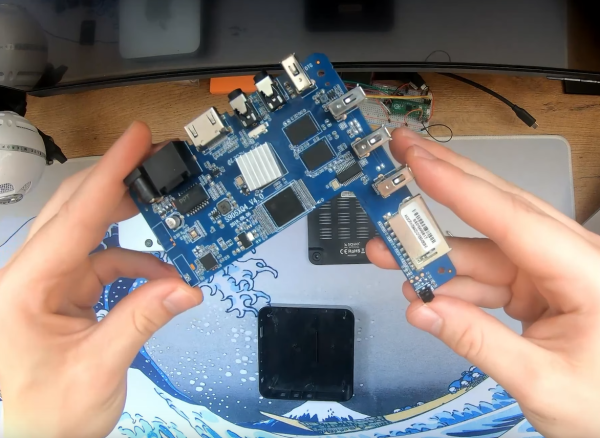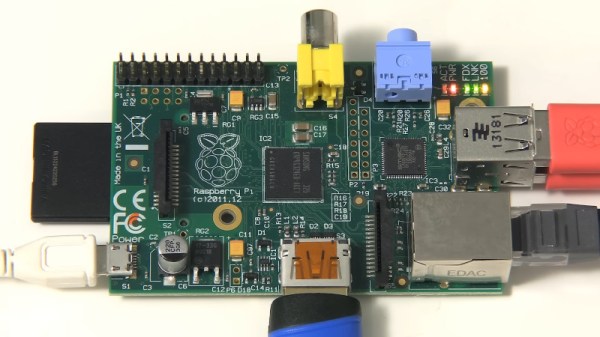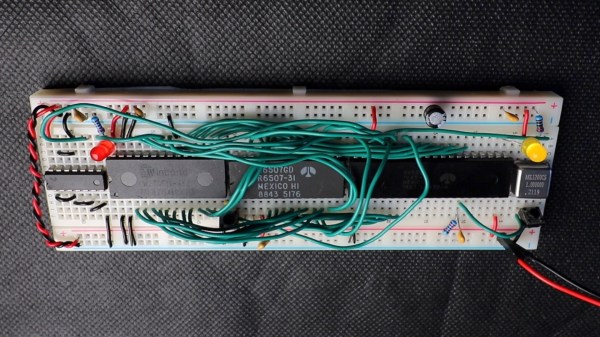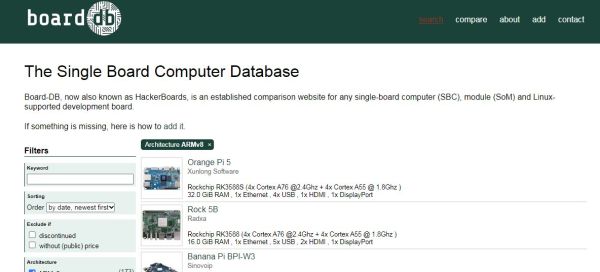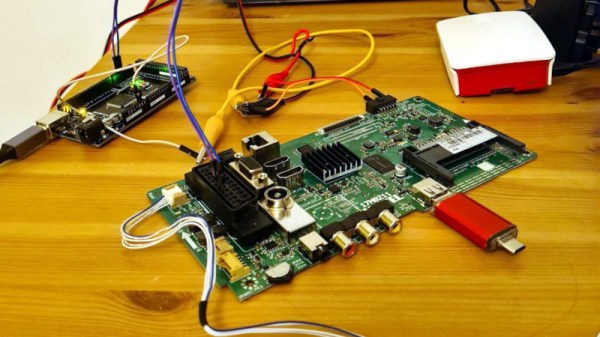The smart television is an interesting idea in theory. Rather than having the cable or satellite company control all of the content, a small computer is included in the television itself to host and control various streaming clients and other services. Assuming you have control of the software running on the computer, and assuming it isn’t turned into a glorified targeted advertising machine, this can revolutionize the way televisions are used. It’s even possible to turn a standard television into a smart TV with various Android devices, and it turns out there’s a lot more you can do with these smart TV contraptions as well.
With most of these devices, a Linux environment is included running on top of an ARM platform. If that sounds similar to the Raspberry Pi, it turns out that a lot of these old Android TV sets are quite capable of doing almost everything that a Raspberry Pi can do, with the major exception of GPIO. That’s exactly what [Timax] is doing here, but he notes that one of the major hurdles is the vast variety of hardware configurations found on these devices. Essentially you’d have to order one and hope that you can find all the drivers and software to get into a usable Linux environment. But if you get lucky, these devices can be more powerful than a Pi and also be found for a much lower price.
He’s using one of these to run RetroPie, which actually turned out to be much easier than installing a more general-purpose Linux distribution and then running various emulation software piecemeal. It will take some configuration tinkering get everything working properly but with [Timax] providing this documentation it should be a lot easier to find compatible hardware and choose working software from the get-go. He also made some improvements on his hardware to improve cooling, but for older emulation this might not be strictly necessary. As he notes in his video, it’s a great way of making use of a piece of electronics which might otherwise be simply thrown out.

